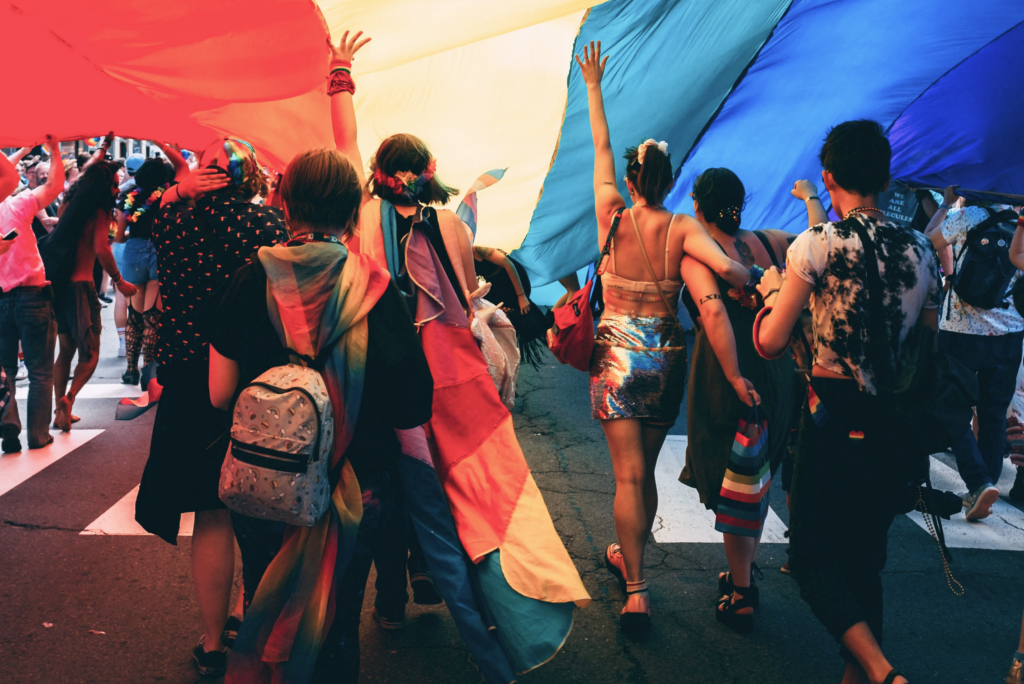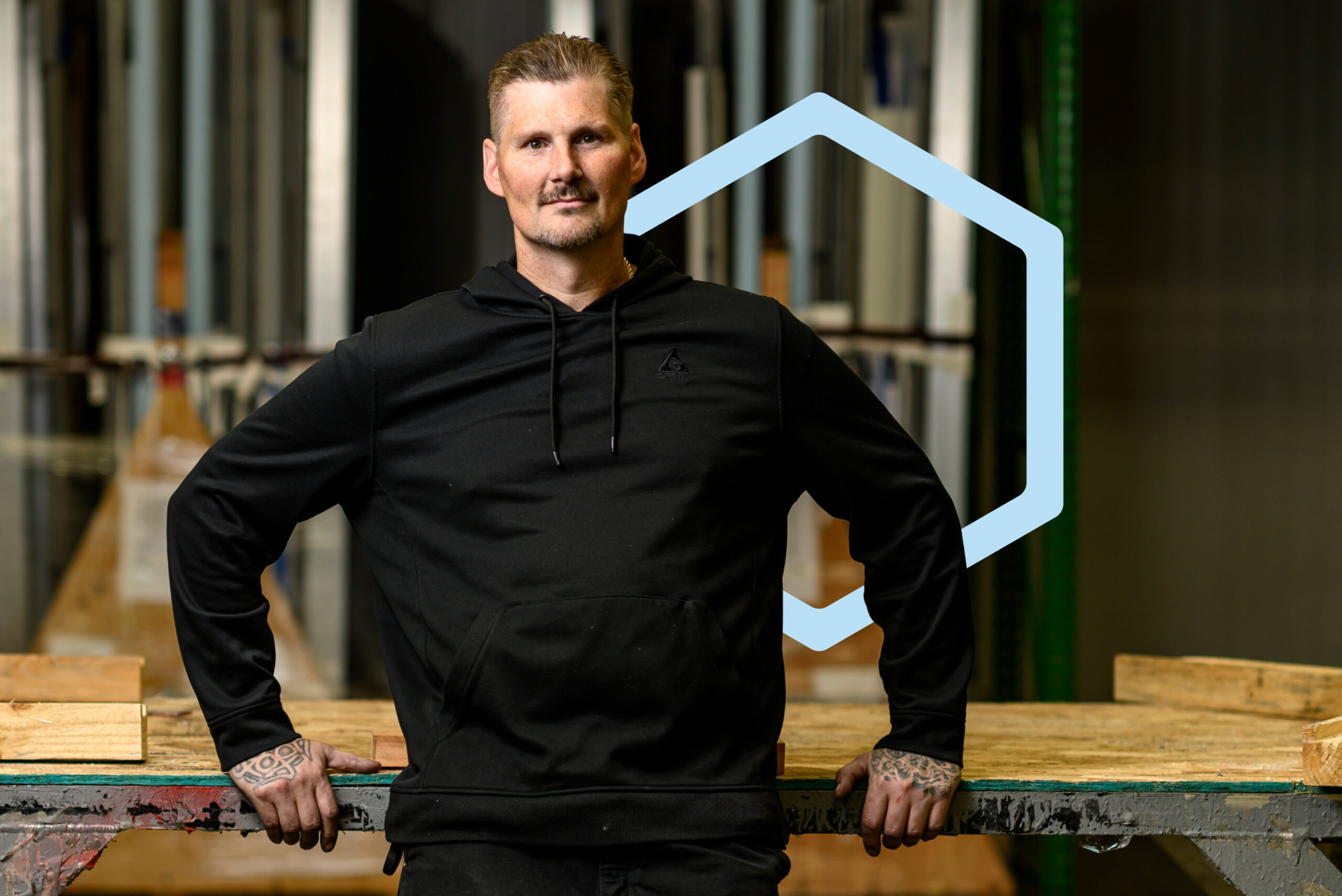How homelessness impacts the LGBTQ+ community
June 9, 2022

(UPDATED June 26, 2024)
Across the country, unhoused populations continue to grow. The leading causes of homelessness are economic hardship such as job loss, lack of affordable housing options, and mounting costs of living. Homelessness rates rise as rent prices increase: half of renters across the nation now spend at least 30% of their income on rent, while a quarter spend at least 50%. But even with economic conditions as a common factor, homelessness doesn’t affect all communities equally.
Some groups of people experience higher rates of housing instability. In particular, people who are LGBTQ+ are overrepresented among the unhoused population. Social stigma, discrimination, and family rejection put them at greater risk. According to a 2020 survey by UCLA's Williams Institute, 17% of lesbian, gay, and bisexual adults and 30% of transgender adults have experienced homelessness at some point in their lives, compared to 6% of the U.S. population. The Williams Institute is a research center on sexual orientation and gender identity law and public policy. Their research also shows:
- Nearly 30% of transgender respondents to the U.S. Transgender Survey who experienced homelessness reported being denied shelter due to their transgender status or gender expression. Approximately 44% reported mistreatment at a shelter, including harassment, assault, or requirements to dress or present as the wrong gender.
- 22% of LGBT adults live in poverty in the U.S. compared to 16% of non-LGBT people.
- 8% of transgender adults report experiencing homelessness in the past year, compared to 3% of non-transgender lesbian, gay, and bisexual people and 1% of cisgender, heterosexual adults.
New data also shows that nearly half (48.1%) of LGBTQ+ adults say they are financially unwell, compared to just over a quarter (25.7%) of the general public, and 30% of those who identify as LGBTQ+ reported experiencing discrimination while accessing financial services. These challenges put the LGBTQ+ community at a uniquely heightened risk of experiencing housing instability and homelessness.
LGBTQ+ youth and homelessness
In addition to LGBTQ+ adults, youth are also disproportionately affected. According to a 2022 report from the Trevor Project, 28% of LGBTQ+ youth reported experiencing homelessness or housing instability at some point in their lives—and those who did had two to four times the odds of reporting mental health challenges compared to those with stable housing. Additionally, research shows LGBTQ+ youth make up 22% of homeless youth. This means LGBTQ+ youth are 120% more likely to experience homelessness compared to non-LGBTQ+ youth.
A survey of 350 service providers across the country revealed the top four contributing factors for LGBTQ+ youth homelessness:
- Family rejection resulting from sexual orientation or gender identity
- Physical, emotional, or sexual abuse
- Aging out of the foster care system
- Financial and emotional neglect
In addition to homelessness, LGBTQ+ people are also at increased risk of experiencing poverty.
Because of stigma and discrimination, LGBTQ+ people are at greater risk of housing instability. In 2021, the Department of Housing and Urban Development (HUD) announced the Fair Housing Act would also protect individuals from sexual orientation and gender identity discrimination. It’s a step in the right direction to expand federal protections for a vulnerable group. According to experts, improving school safety, workplace protections, and expanded housing options will benefit the LGBTQ+ community.
In Portland, Oregon, Queer Affinity Village is a welcoming atmosphere for LGBTQ+ self-identified neighbors. The village has 35 Pallet shelters, a dignified, private space with a locking door, bed, climate control, electrical outlets to power personal devices, and more. Residents have access to hygiene facilities, meals, and various social services delivered by an on-site service provider. Residents are working towards moving into permanent housing.
Homelessness is a complex issue without a one size fits all solution. Because of the unique obstacles LGBTQ+ youth and adults face, it’s imperative agencies and organizations tailor services to meet their needs.
Debunking Myths: Homelessness is a choice


